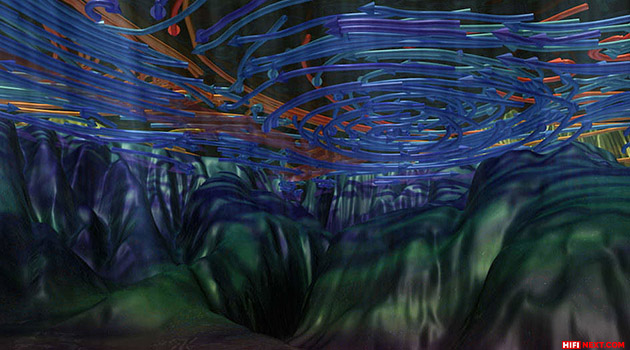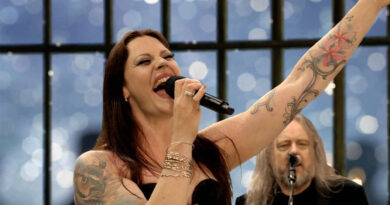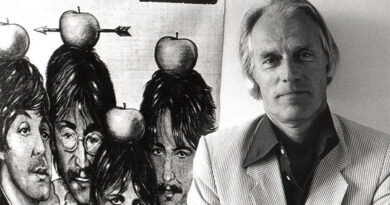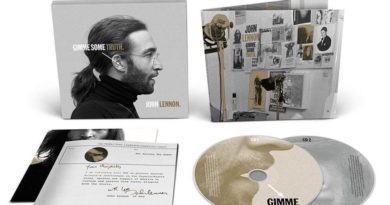What neutrinos sound like: a virtual concert by composer David Ibbett will take place on December 8
The American laboratory Fermilab, engaged in the study of particle physics, is currently especially actively investigating neutrinos using accelerators. At the moment of collision of a neutrino with an atom, a stream of charged particles is released in one of the accelerators of the laboratory. Scientists can interpret the data obtained in the format of an image showing the trajectories of particle motion – and thus reveal the parameters of neutrinos. But can we add sound to this event?
Composer David Ibbett, who became a resident of the laboratory, has been working on this issue during 2020. First, he got acquainted with the processes, and then began to interpret them in the format of music.
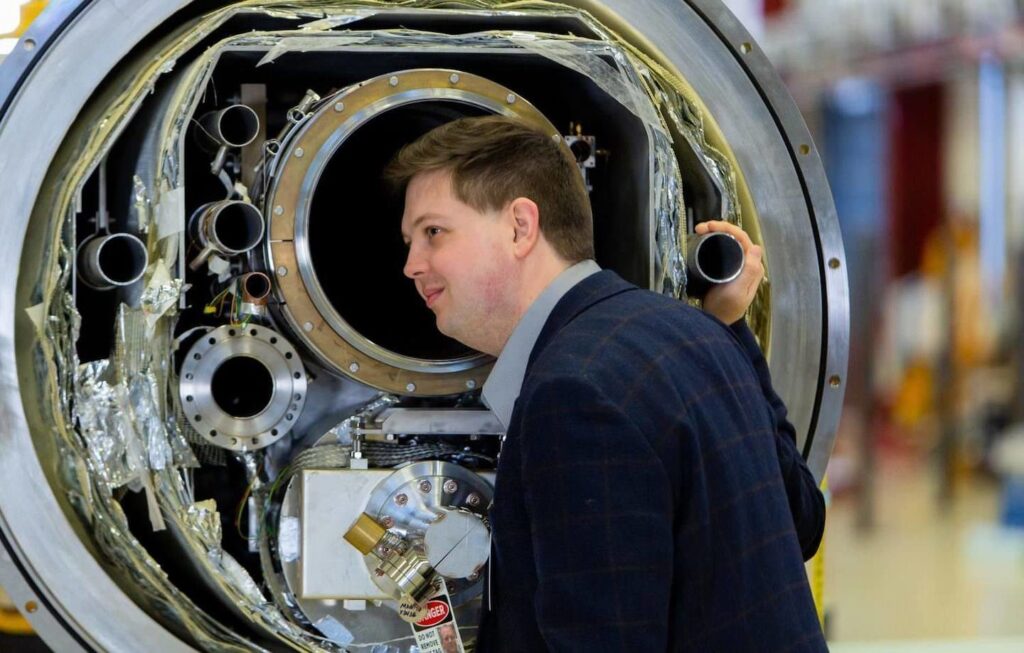
“We, as humans, perceive only a very small part of the world, and such experiments, which are carried out at Fermilab, provide a glimpse into those corners of the universe that were previously hidden,” Ibbette explained. “We perceive information visually, so the visual interpretation of these experiments – in the form of graphs – looks logical, but this is not the only option.
For example, it seems to me that our ears are much more sensitive to short-term changes than our eyes. Interpreting the data in the form of a melody allows you to look at this data from a different point of view – both from the analytical and at the same time from the point of view of art, to make them a little more human.
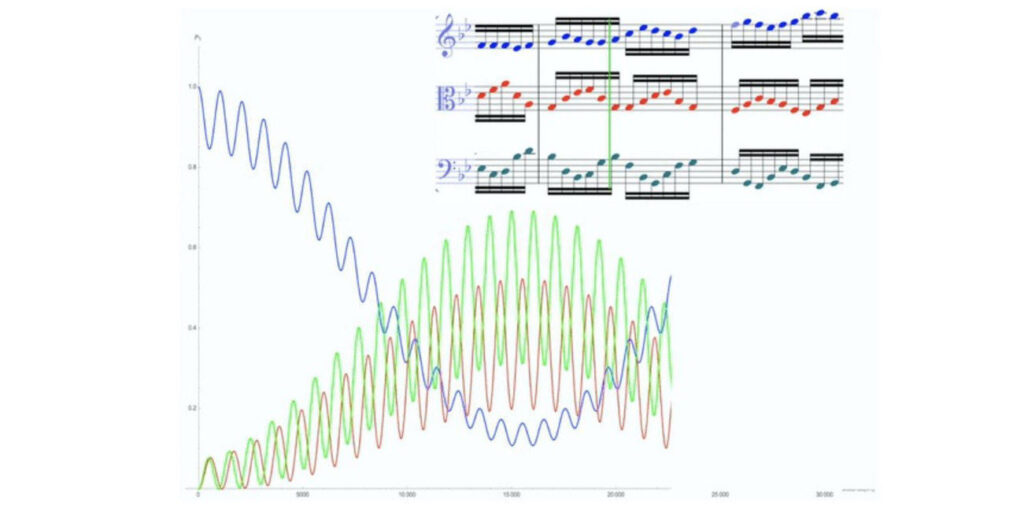
Ibbett’s work is based on Fermilabs’ MicroBooNE experiment. During one of the previous experiments investigating the oscillations of neutrinos, many more electrons and photons were released than should have been calculated. However, in the old experiment, it was not possible to separate photons from electrons – and therefore it was impossible to understand what caused such an increased release.
The current experiment, the very MicroBooNE, is studying the hypothesis that the reason for this behavior was sterile neutrinos – the fourth type that cannot be captured (therefore, it is sterile). Theoretically, it is through this type that neutrinos pass before going into one of the three known and captured states.
The melody is based on an image showing the trajectories of particles when a neutrino collides with an argon nucleus. The melody depends on the trajectory of each particle: pitch, volume and other parameters, and it is them that the piano plays in the composition. Beth Sterling’s voice over the melody also follows a calculated progression.
Ibbett will present the full composition at a virtual concert, which will take place on December 8 at 7:30 pm US Central Time (in Moscow it will be already 4:30 am on December 9). The concert is free, you just need to register. You can listen to an excerpt from the composition right now.

